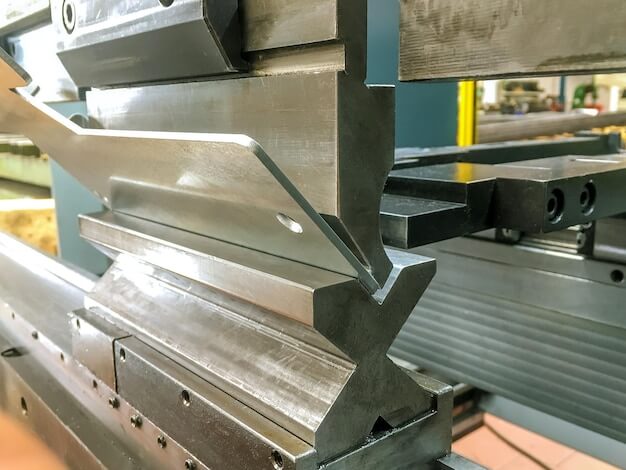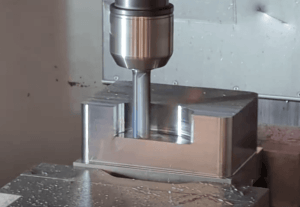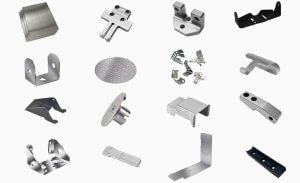In the world of manufacturing, there are a plethora of effective techniques for creating high-quality finished products. Among these methods is CNC machining, which involves Computer Numerical Control to automate tools that shape stock material. One technique associated with this type of machining is bead blasting, which ensures the final product has a polished and refined appearance.
CNC machining stands as one of the most versatile and reliable methods employed in modern industrial processes. It offers an unparalleled level of accuracy and precision and has helped revolutionize many industries from aerospace to healthcare. Despite being quite complex, understanding the basics can give invaluable insight into its profound impact on today’s manufacturing landscape.
The process involved in CNC machining starts with designing the part using specialized software which creates a 3D model or blueprint. This digital model provides all the relevant data about the part’s specifications, dimensions, materials and other critical details. The process relies upon sophisticated computing power, thus eliminating the scope for human error almost entirely.
This design is then fed into the computer-controlled machine tool. Instructions regarding cuts, drills, grinds, and milling operations are programmed through a series of coded instructions known as G-code. These detailed set of instructions ensure each part comes out exactly the same every time, increasing overall efficiency and productivity.
Now onto the star of our show – bead blasting. In essence, bead blasting is an abrasive cleaning method used to finish metal surfaces. It uses fine glass beads at high pressure to remove surface deposits. Typically, it is utilized after CNC machining to provide a uniform matte or satin surface finish, enhancing the aesthetics of the part while also improving its durability.
Bead blasting is carried out within a controlled environment using a bead blasting cabinet, ensuring safety and preventing environmental pollution. The operator targets areas of the machined piece, directing their blast gun towards precise areas where contaminants need to be removed. Even though it seems simple, the process requires significant expertise to ensure that it doesn’t damage the piece.
The size and intensity of glass beads used in bead blasting depend on the material being machined, its specific requirements, and the desired final finish. A strategic balance must be maintained to ensure thorough cleaning without undermining the structural integrity of the part.
Bead blasting offers several benefits as part of CNC machining. Apart from creating an attractive matte finish, it can remove rust and other surface contaminants. Additionally, it provides excellent pre-treatment for plating or coating processes by increasing the adhesion properties of the metal, thereby enhancing the lifespan of the finished product.
Comparatively gentler than most other abrasive techniques, bead blasting does not compromise the dimensional accuracy of the part created through precision CNC machining. This is especially crucial for components in sectors where even a slight discrepancy can lead to catastrophic failures – like aerospace and medical industries.
Conclusively, bead blasting adds significant value to the sophisticated technology of CNC machining. Together, they create high-quality, durable, and aesthetically appealing components suitable for various uses across numerous sectors. By understanding how these two processes work together, businesses can gain insights into the importance of finishing procedures and their impact on the overall quality of finished goods.
As advancements continue in industrial practices, modern production methods such as CNC machining coupled with refinishing techniques like bead blasting will continue to evolve, honing efficiency and effectiveness within diverse manufacturing landscapes.
Other Articles You Might Enjoy
- Is Copper the Right Choice for Electrical Component CNC Machining? A Detailed Analysis
CNC Machining of Electrical Components Utilizing Copper In the field of electrical engineering, Computer Numerical Control (CNC) machining plays an integral role, particularly in the development and manufacturing of electrical…
- Understanding Bead Blasting in CNC Machining(china machining Avery)
Bead blasting, a compelling term in the world of Computer Numerically Controlled (CNC) machining, is an influential process that plays a transformative role in optimizing and enhancing parts' aesthetic and…
- Understanding Bead Blasting in CNC Machining(cnc g code Jacqueline)
CNC (Computer Numerical Control) machining is a dominant method employed for multiple manufacturing systems across the globe. From healthcare to aerospace, this technology has revolutionized how we manufacture products. One…








